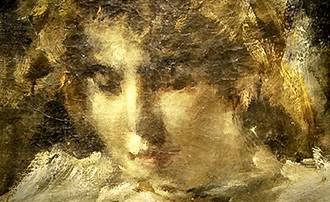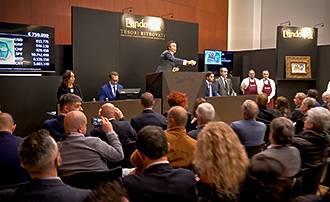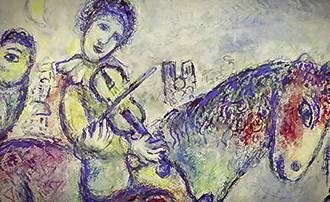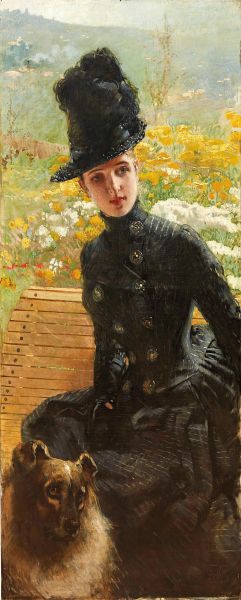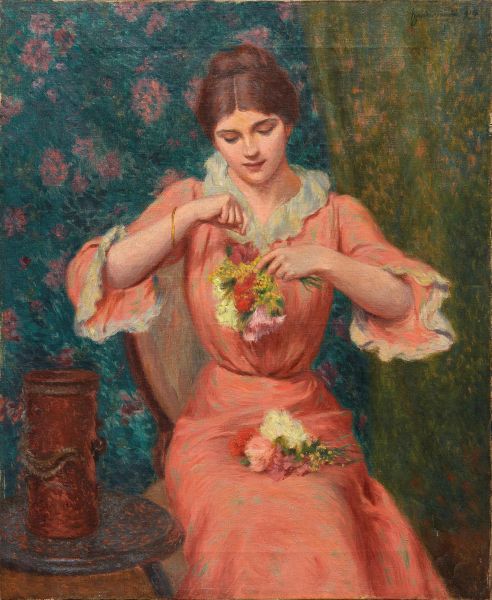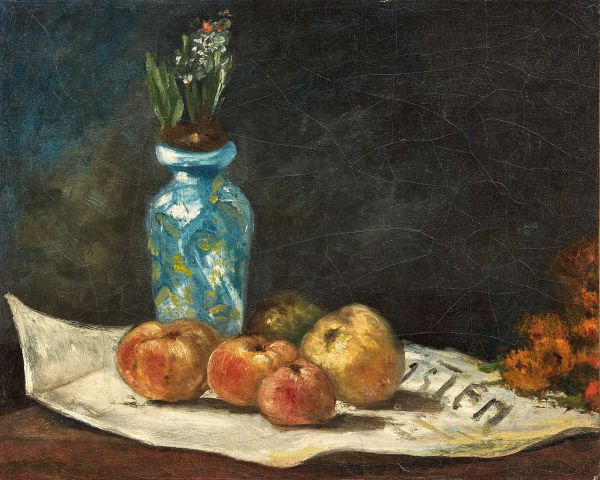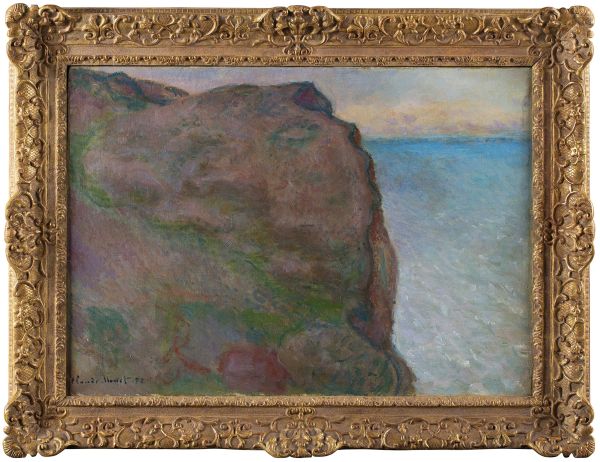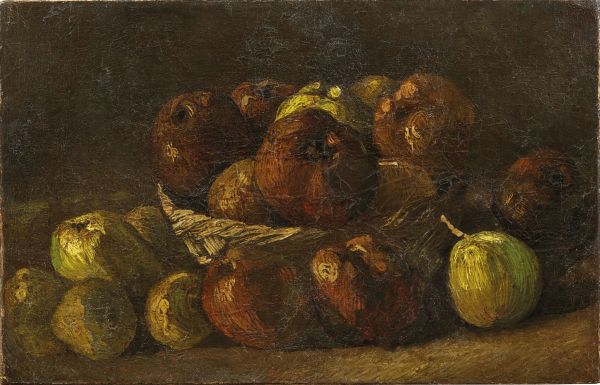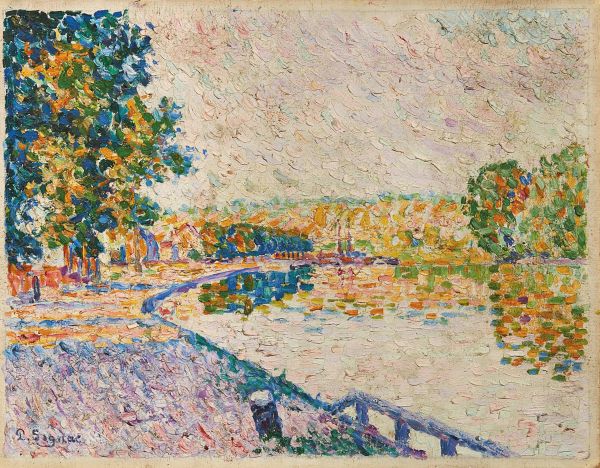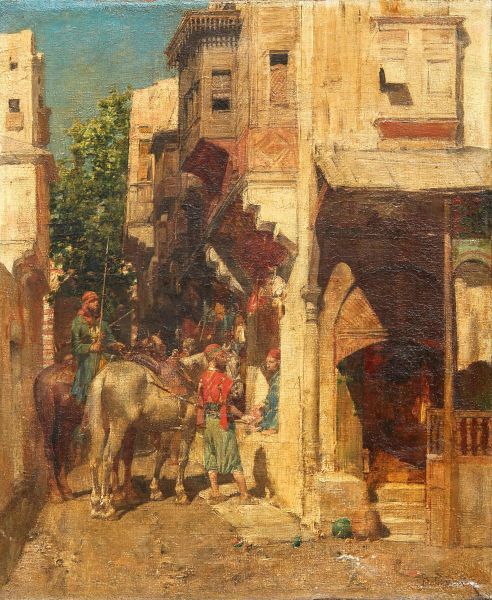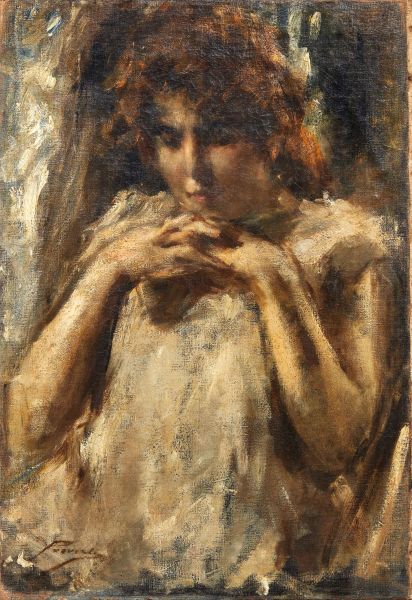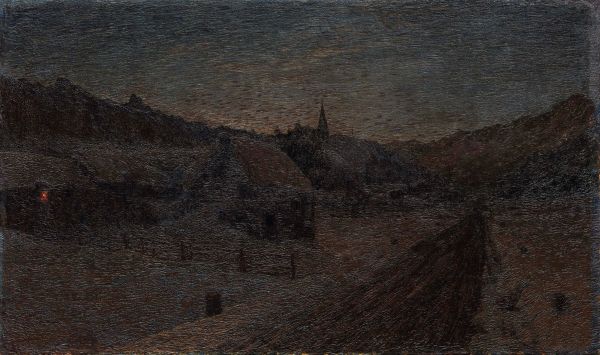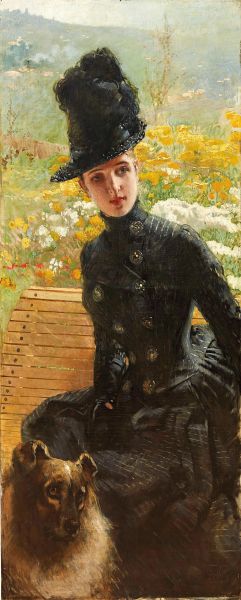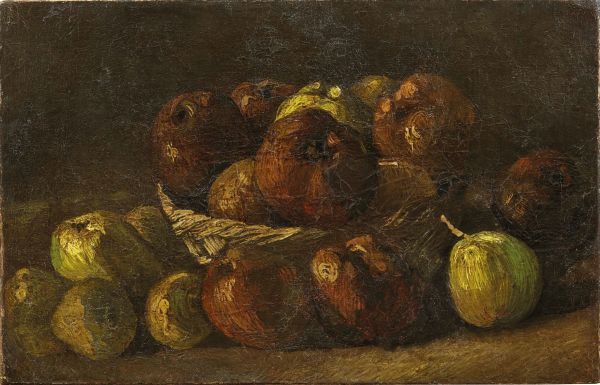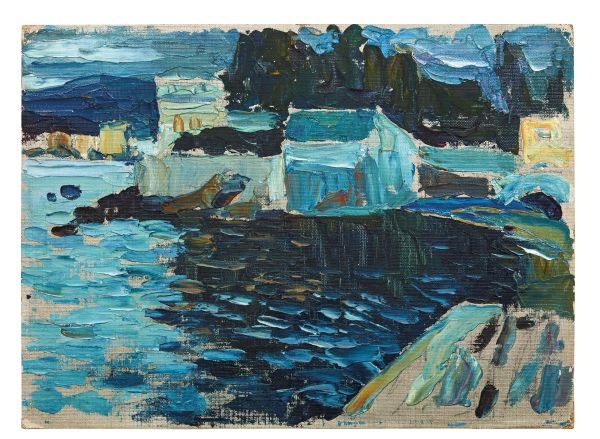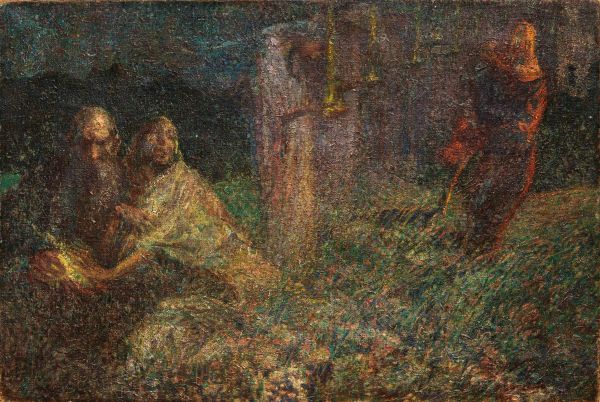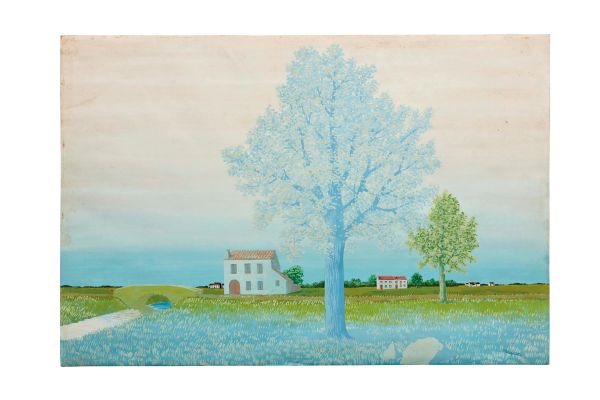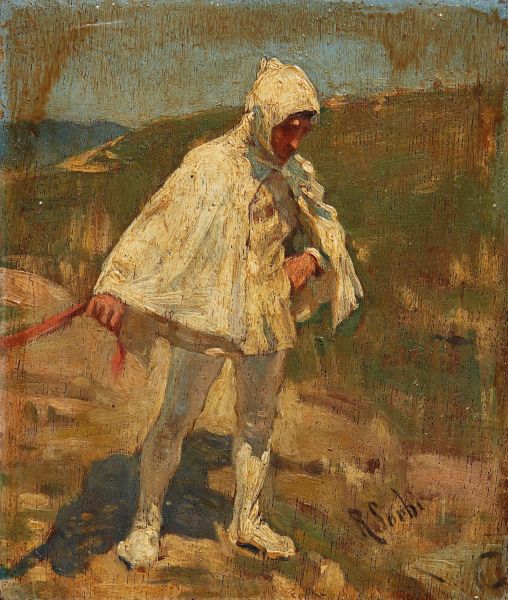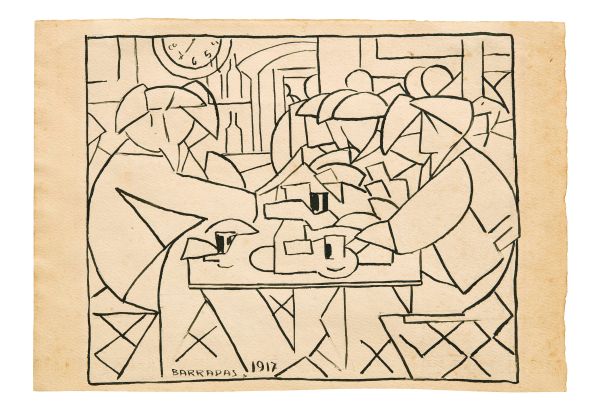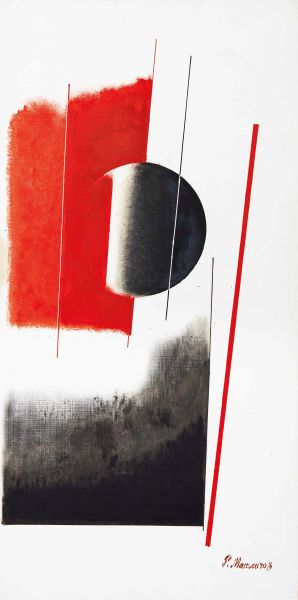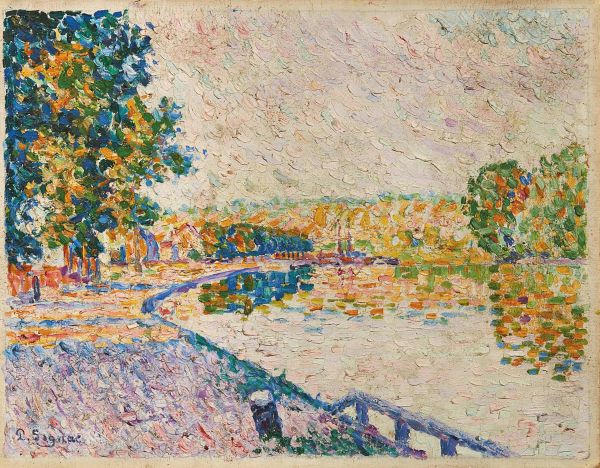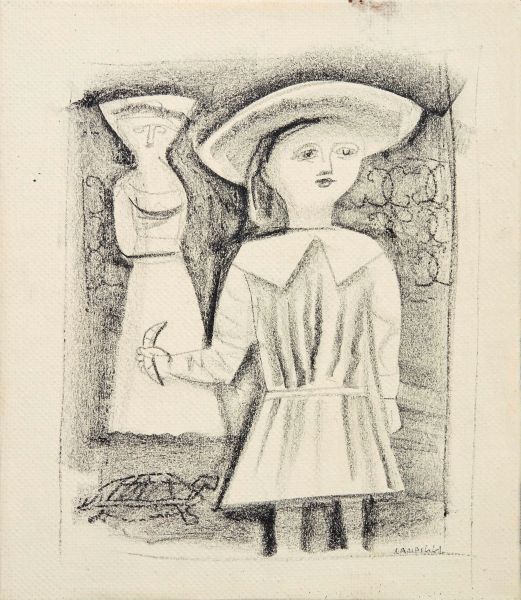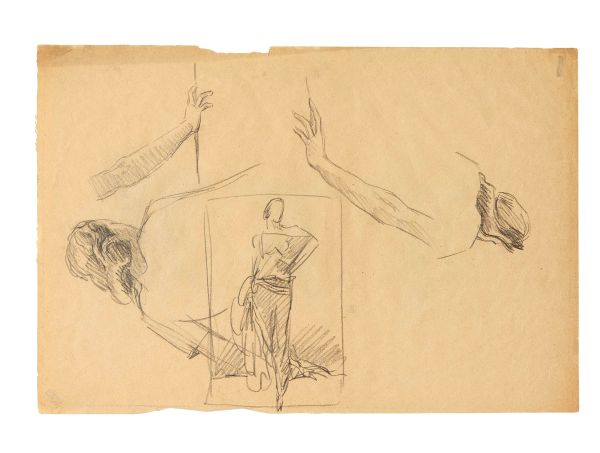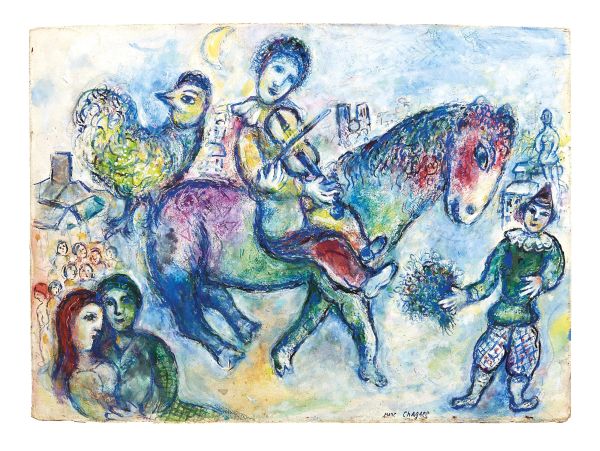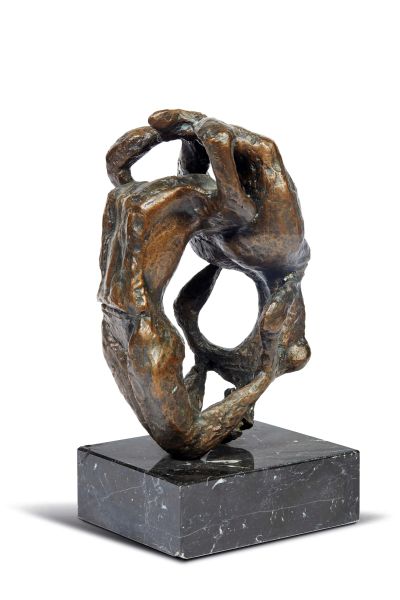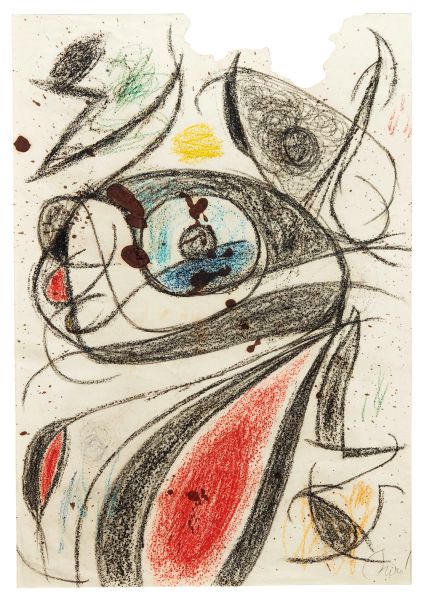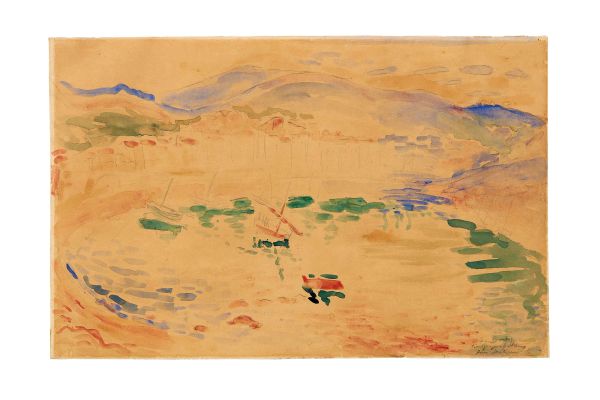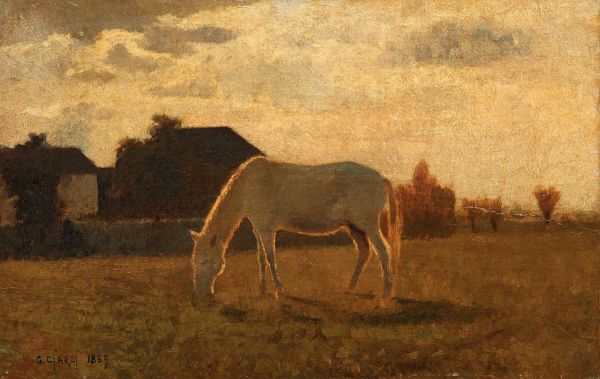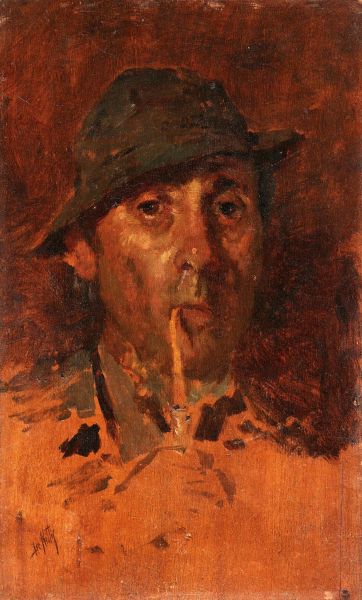12
Vittorio Matteo Corcos
(Livorno, 1859 - Firenze, 1933)
Vittorio Matteo Corcos
Vittorio Matteo Corcos
(Livorno 1859 - Firenze 1933)
DONNA CON CANE
1885
[..]
12
Offerta Libera
Vittorio Matteo Corcos
(Livorno, 1859 - Firenze, 1933)
Vittorio Matteo Corcos
Vittorio Matteo Corcos
(Livorno 1859 - Firenze 1933)
DONNA CON CANE
1885
[..]
Stima
€ 80.000 / 120.000
Aggiudicazione
17
Vincent Van Gogh
(Zundert, 1853 - Auvers-sur-oise, 1890)
Vincent van Gogh
Vincent van Gogh
(Zundert 1853 - Auvers-sur-Oise 1890)
STILL LIFE WITH A BASKET [..]
17
Offerta Libera
Vincent Van Gogh
(Zundert, 1853 - Auvers-sur-oise, 1890)
Vincent van Gogh
Vincent van Gogh
(Zundert 1853 - Auvers-sur-Oise 1890)
STILL LIFE WITH A BASKET [..]
Stima
€ 280.000 / 350.000
Aggiudicazione
28
Vincent Van Gogh
(Zundert, 1853 - Auvers-sur-oise, 1890)
Vincent van Gogh
Vincent van Gogh
(Zundert 1853 - Auvers-sur-Oise 1890)
POLLARD WILLOW
ottobre [..]
28
Offerta Libera
Vincent Van Gogh
(Zundert, 1853 - Auvers-sur-oise, 1890)
Vincent van Gogh
Vincent van Gogh
(Zundert 1853 - Auvers-sur-Oise 1890)
POLLARD WILLOW
ottobre [..]
Stima
€ 200.000 / 300.000
Aggiudicazione
11
Vassily Kandinsky
(Mosca, 1866 - Neully-sur-seine, 1944)
Vassilly Kandinsky
Vassilly Kandinsky
(Mosca 1866 - Neully-sur-Seine 1944)
SESTRI-ABENDS
1905 [..]
11
Offerta Libera
Vassily Kandinsky
(Mosca, 1866 - Neully-sur-seine, 1944)
Vassilly Kandinsky
Vassilly Kandinsky
(Mosca 1866 - Neully-sur-Seine 1944)
SESTRI-ABENDS
1905 [..]
Stima
€ 150.000 / 250.000
Aggiudicazione
16
Vassily Kandinsky
(Mosca, 1866 - Neully-sur-seine, 1944)
Vassilly Kandinsky
Vassilly Kandinsky
(Mosca 1866 - Neully-sur-Seine 1944)
DÜNN UND FLECKIG SOUPLE [..]
16
Offerta Libera
Vassily Kandinsky
(Mosca, 1866 - Neully-sur-seine, 1944)
Vassilly Kandinsky
Vassilly Kandinsky
(Mosca 1866 - Neully-sur-Seine 1944)
DÜNN UND FLECKIG SOUPLE [..]
Stima
€ 120.000 / 180.000
Aggiudicazione
24
Umberto Boccioni
(Reggio calabria, 1882 - Verona, 1916)
Umberto Boccioni
Umberto Boccioni
(Reggio Calabria 1882 - Verona 1916)
DONNA CHE LEGGE
1909 [..]
24
Offerta Libera
Umberto Boccioni
(Reggio calabria, 1882 - Verona, 1916)
Umberto Boccioni
Umberto Boccioni
(Reggio Calabria 1882 - Verona 1916)
DONNA CHE LEGGE
1909 [..]
Stima
€ 30.000 / 50.000
Aggiudicazione
29
Umberto Boccioni
(Reggio calabria, 1882 - Verona, 1916)
Umberto Boccioni
Umberto Boccioni
(Reggio Calabria 1882 - Verona 1916)
IL FALCIATORE
oppure [..]
29
Offerta Libera
Umberto Boccioni
(Reggio calabria, 1882 - Verona, 1916)
Umberto Boccioni
Umberto Boccioni
(Reggio Calabria 1882 - Verona 1916)
IL FALCIATORE
oppure [..]
Stima
€ 150.000 / 250.000
Aggiudicazione
René Magritte©
(Lessines, 1898 - Bruxelles, 1967)
René Magritte
René Magritte
(Lessines 1898 - Bruxelles 1967)
LA TAPISSIERE DE PÉNÉLOPE [..]
13
Offerta Libera
René Magritte©
(Lessines, 1898 - Bruxelles, 1967)
René Magritte
René Magritte
(Lessines 1898 - Bruxelles 1967)
LA TAPISSIERE DE PÉNÉLOPE [..]
Stima
€ 90.000 / 150.000
Aggiudicazione
40
Raffaello Sorbi
(Firenze, 1844 - 1931)
Raffaello Sorbi
Raffaello Sorbi
(Firenze 1844 - 1931)
CIMABUE
1919 circa
firmato in basso [..]
40
Offerta Libera
Raffaello Sorbi
(Firenze, 1844 - 1931)
Raffaello Sorbi
Raffaello Sorbi
(Firenze 1844 - 1931)
CIMABUE
1919 circa
firmato in basso [..]
Stima
€ 1.500 / 2.500
Aggiudicazione
55
Rafael Barradas
(Montevideo, 1890 - 1929)
Rafael Barradas
Rafael Barradas
(Montevideo 1890 - 1929)
MENSA OPERAIA
1917
firmato e [..]
55
Offerta Libera
Rafael Barradas
(Montevideo, 1890 - 1929)
Rafael Barradas
Rafael Barradas
(Montevideo 1890 - 1929)
MENSA OPERAIA
1917
firmato e [..]
Stima
€ 1.000 / 1.500
Aggiudicazione
15
Pierre-Auguste Renoir
(Limoges, 1841 - Cagnes-sur-mer, 1919)
Pierre-Auguste Renoir
Pierre-Auguste Renoir
(Limoges 1841 - Cagnes-sur-Mer 1919)
PAYSAGE DU MIDI
[..]
15
Offerta Libera
Pierre-Auguste Renoir
(Limoges, 1841 - Cagnes-sur-mer, 1919)
Pierre-Auguste Renoir
Pierre-Auguste Renoir
(Limoges 1841 - Cagnes-sur-Mer 1919)
PAYSAGE DU MIDI
[..]
Stima
€ 40.000 / 60.000
Aggiudicazione
54
Pedro Figari
(Montevideo, 1861 - 1938)
Pedro Figari
Pedro Figari
(Montevideo 1861 - 1938)
A LA FIESTA
1933 circa
firmato in [..]
54
Offerta Libera
Pedro Figari
(Montevideo, 1861 - 1938)
Pedro Figari
Pedro Figari
(Montevideo 1861 - 1938)
A LA FIESTA
1933 circa
firmato in [..]
Stima
€ 4.000 / 6.000
Aggiudicazione
Pavel Mansouroff©
(Sankt-petersburg, 1896 - Nice, 1983)
Pavel Mansouroff
Pavel Mansouroff
(Sankt-Petersburg 1896 - Nice 1983)
COMPOSIZIONE ASTRATTA
[..]
51
Offerta Libera
Pavel Mansouroff©
(Sankt-petersburg, 1896 - Nice, 1983)
Pavel Mansouroff
Pavel Mansouroff
(Sankt-Petersburg 1896 - Nice 1983)
COMPOSIZIONE ASTRATTA
[..]
Stima
€ 2.000 / 3.000
Aggiudicazione
26
Paul Signac
(Paris, 1863 - 1935)
Paul Signac
Paul Signac
(Paris 1863 - 1935)
SAMOIS. ÉTUDE N. 11
1899
firmato [..]
26
Offerta Libera
Paul Signac
(Paris, 1863 - 1935)
Paul Signac
Paul Signac
(Paris 1863 - 1935)
SAMOIS. ÉTUDE N. 11
1899
firmato [..]
Stima
€ 120.000 / 180.000
Aggiudicazione
7
Paul Gauguin
(Paris, 1848 - Hiva oa, 1903)
Paul Gauguin
Paul Gauguin
(Paris 1848 - Hiva Oa 1903)
JACINTHES ET POMMES SUR UN JOURNAL
[..]
7
Offerta Libera
Paul Gauguin
(Paris, 1848 - Hiva oa, 1903)
Paul Gauguin
Paul Gauguin
(Paris 1848 - Hiva Oa 1903)
JACINTHES ET POMMES SUR UN JOURNAL
[..]
Stima
€ 150.000 / 250.000
Aggiudicazione
30
Paul Cézanne
(Aix-en-provence, 1839 - 1906)
Paul Cézanne
Paul Cézanne
(Aix-en-Provence 1839 - 1906)
LE HÊTRE
1883-1885 [..]
30
Offerta Libera
Paul Cézanne
(Aix-en-provence, 1839 - 1906)
Paul Cézanne
Paul Cézanne
(Aix-en-Provence 1839 - 1906)
LE HÊTRE
1883-1885 [..]
Stima
€ 80.000 / 120.000
Aggiudicazione
Pablo Picasso©
(Malaga, 1881 - Mougins, 1973)
Pablo Picasso
Pablo Picasso
(Malaga 1881 - Mougins 1973)
NATURE MORTE AU CITRON, À L’ORANGE [..]
34
Offerta Libera
Pablo Picasso©
(Malaga, 1881 - Mougins, 1973)
Pablo Picasso
Pablo Picasso
(Malaga 1881 - Mougins 1973)
NATURE MORTE AU CITRON, À L’ORANGE [..]
Stima
€ 800.000 / 1.200.000
Aggiudicazione
Maurice Utrillo©
(Paris, 1883 - Dax, 1955)
Maurice Utrillo
Maurice Utrillo
(Paris 1883 - Dax 1955)
LE COUPLE
1925
firmato e datato [..]
49
Offerta Libera
Maurice Utrillo©
(Paris, 1883 - Dax, 1955)
Maurice Utrillo
Maurice Utrillo
(Paris 1883 - Dax 1955)
LE COUPLE
1925
firmato e datato [..]
Stima
€ 5.000 / 7.000
Aggiudicazione
Massimo Campigli©
(Berlin, 1895 - Saint-tropez, 1971)
Massimo Campigli
Massimo Campigli
(Berlin 1895 - Saint-Tropez 1971)
BAMBINA E TARTARUGA
1952 [..]
35
Offerta Libera
Massimo Campigli©
(Berlin, 1895 - Saint-tropez, 1971)
Massimo Campigli
Massimo Campigli
(Berlin 1895 - Saint-Tropez 1971)
BAMBINA E TARTARUGA
1952 [..]
Stima
€ 2.000 / 3.000
Aggiudicazione
Marcello Dudovich©
(Trieste, 1878 - Milano, 1962)
Marcello Dudovich
Marcello Dudovich
(Trieste 1878 - Milano 1962)
STUDI DI FIGURE FEMMINILI ( recto [..]
52
Offerta Libera
Marcello Dudovich©
(Trieste, 1878 - Milano, 1962)
Marcello Dudovich
Marcello Dudovich
(Trieste 1878 - Milano 1962)
STUDI DI FIGURE FEMMINILI ( recto [..]
Stima
€ 800 / 1.200
Marc Chagall©
(Vitebsk, 1887 - Saint-paul-de-vence, 1985)
Marc Chagall
Marc Chagall
(Vitebsk 1887 - Saint-Paul-de-Vence 1985)
MUSICIEN VOYAGEUR
1971 [..]
23
Offerta Libera
Marc Chagall©
(Vitebsk, 1887 - Saint-paul-de-vence, 1985)
Marc Chagall
Marc Chagall
(Vitebsk 1887 - Saint-Paul-de-Vence 1985)
MUSICIEN VOYAGEUR
1971 [..]
Stima
€ 120.000 / 180.000
Aggiudicazione
Luciano Minguzzi©
(Bologna, 1911 - Milano, 2004)
Luciano Minguzzi
Luciano Minguzzi
(Bologna 1911 - Milano 2004)
ACROBATI CONTORSIONISTI
firmato [..]
42
Offerta Libera
Luciano Minguzzi©
(Bologna, 1911 - Milano, 2004)
Luciano Minguzzi
Luciano Minguzzi
(Bologna 1911 - Milano 2004)
ACROBATI CONTORSIONISTI
firmato [..]
Stima
€ 3.000 / 5.000
Aggiudicazione
Joan Miro' I Ferrà©
(Barcelona, 1893 - Palma de mallorca, 1983)
Joan Miró i Ferrà
Joan Miró i Ferrà
(Barcelona 1893 - Palma de Mallorca 1983)
FEMME, [..]
2
Offerta Libera
Joan Miro' I Ferrà©
(Barcelona, 1893 - Palma de mallorca, 1983)
Joan Miró i Ferrà
Joan Miró i Ferrà
(Barcelona 1893 - Palma de Mallorca 1983)
FEMME, [..]
Stima
€ 30.000 / 50.000
Aggiudicazione
Joan Miro' I Ferrà©
(Barcelona, 1893 - Palma de mallorca, 1983)
Joan Miró i Ferrà
Joan Miró i Ferrà
(Barcelona 1893 - Palma de Mallorca 1983)
PERSONNAGE [..]
37
Offerta Libera
Joan Miro' I Ferrà©
(Barcelona, 1893 - Palma de mallorca, 1983)
Joan Miró i Ferrà
Joan Miró i Ferrà
(Barcelona 1893 - Palma de Mallorca 1983)
PERSONNAGE [..]
Stima
€ 4.000 / 6.000
Aggiudicazione
Henri Matisse©
(Le cateau-cambrésis, 1869 - Nice, 1954)
Henri Matisse
Henri Matisse
(Le Cateau-Cambrésis 1869 - Nice 1954)
PORT DE COLLIOURE
[..]
20
Offerta Libera
Henri Matisse©
(Le cateau-cambrésis, 1869 - Nice, 1954)
Henri Matisse
Henri Matisse
(Le Cateau-Cambrésis 1869 - Nice 1954)
PORT DE COLLIOURE
[..]
Stima
€ 30.000 / 50.000
Aggiudicazione
Henri Matisse©
(Le cateau-cambrésis, 1869 - Nice, 1954)
Henri Matisse
Henri Matisse
(Le Cateau-Cambrésis 1869 - Nice 1954)
LE CHRIST EN CROIX, ÉTUDE [..]
33
Offerta Libera
Henri Matisse©
(Le cateau-cambrésis, 1869 - Nice, 1954)
Henri Matisse
Henri Matisse
(Le Cateau-Cambrésis 1869 - Nice 1954)
LE CHRIST EN CROIX, ÉTUDE [..]
Stima
€ 10.000 / 15.000
Aggiudicazione
19
Henri De Toulouse-Lautrec
(Albi, 1864 - Saint-andré-du-bois, 1901)
Henri de Toulouse-Lautrec
Henri de Toulouse-Lautrec
(Albi 1864 - Saint-André-du-Bois 1901)
TÊTE [..]
19
Offerta Libera
Henri De Toulouse-Lautrec
(Albi, 1864 - Saint-andré-du-bois, 1901)
Henri de Toulouse-Lautrec
Henri de Toulouse-Lautrec
(Albi 1864 - Saint-André-du-Bois 1901)
TÊTE [..]
Stima
€ 80.000 / 120.000
Aggiudicazione
45
Guglielmo Ciardi
(Venezia, 1842 - 1917)
Guglielmo Ciardi
Guglielmo Ciardi
(Venezia 1842 - 1917)
CAVALLO BIANCO
1869
firmato e datato [..]
45
Offerta Libera
Guglielmo Ciardi
(Venezia, 1842 - 1917)
Guglielmo Ciardi
Guglielmo Ciardi
(Venezia 1842 - 1917)
CAVALLO BIANCO
1869
firmato e datato [..]
Stima
€ 5.000 / 7.000
Aggiudicazione
36
Giuseppe De Nittis
(Barletta, 1846 - Saint-germain-en-laye, 1884)
Giuseppe De Nittis
Giuseppe De Nittis
(Barletta 1846 - Saint-Germain-en-Laye 1884)
UOMO CON CAPPELLO [..]
36
Offerta Libera
Giuseppe De Nittis
(Barletta, 1846 - Saint-germain-en-laye, 1884)
Giuseppe De Nittis
Giuseppe De Nittis
(Barletta 1846 - Saint-Germain-en-Laye 1884)
UOMO CON CAPPELLO [..]
Stima
€ 12.000 / 18.000

